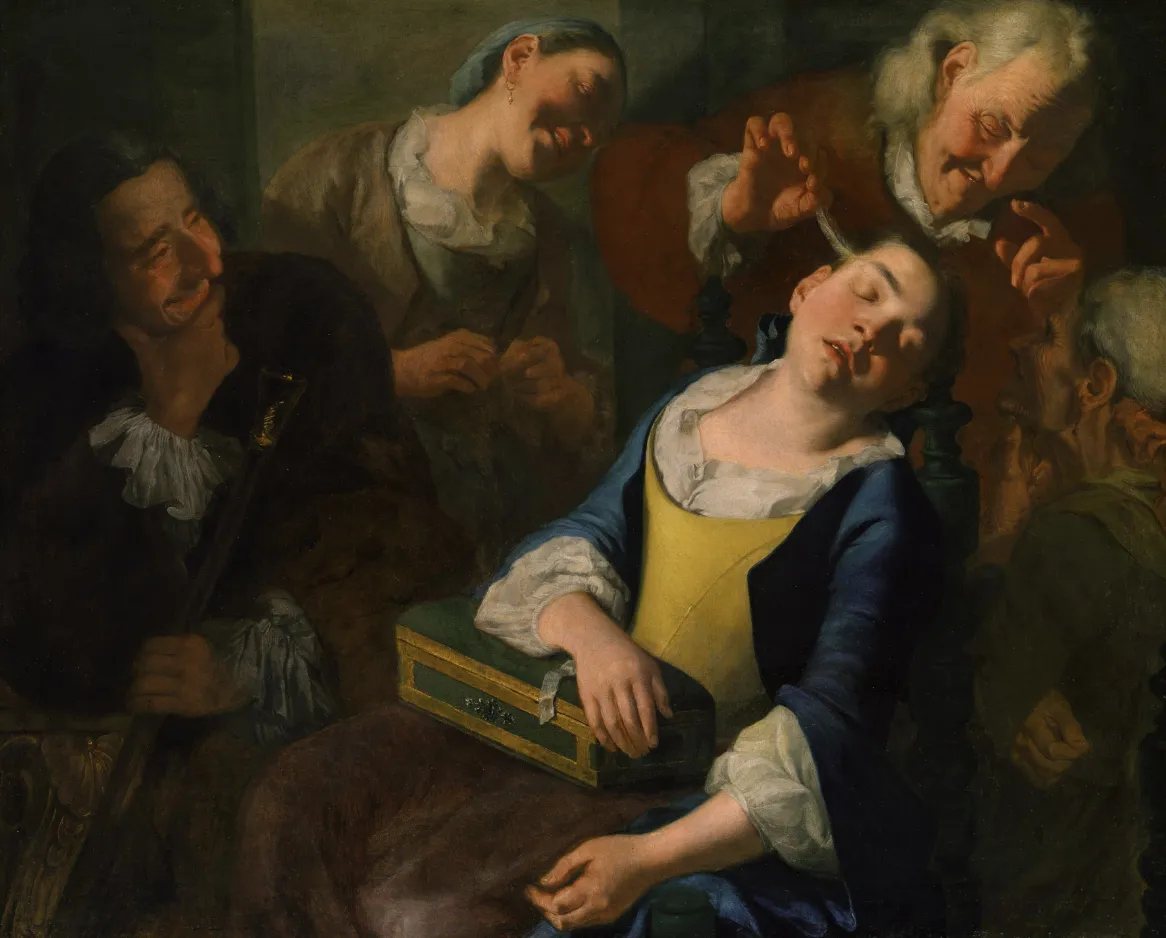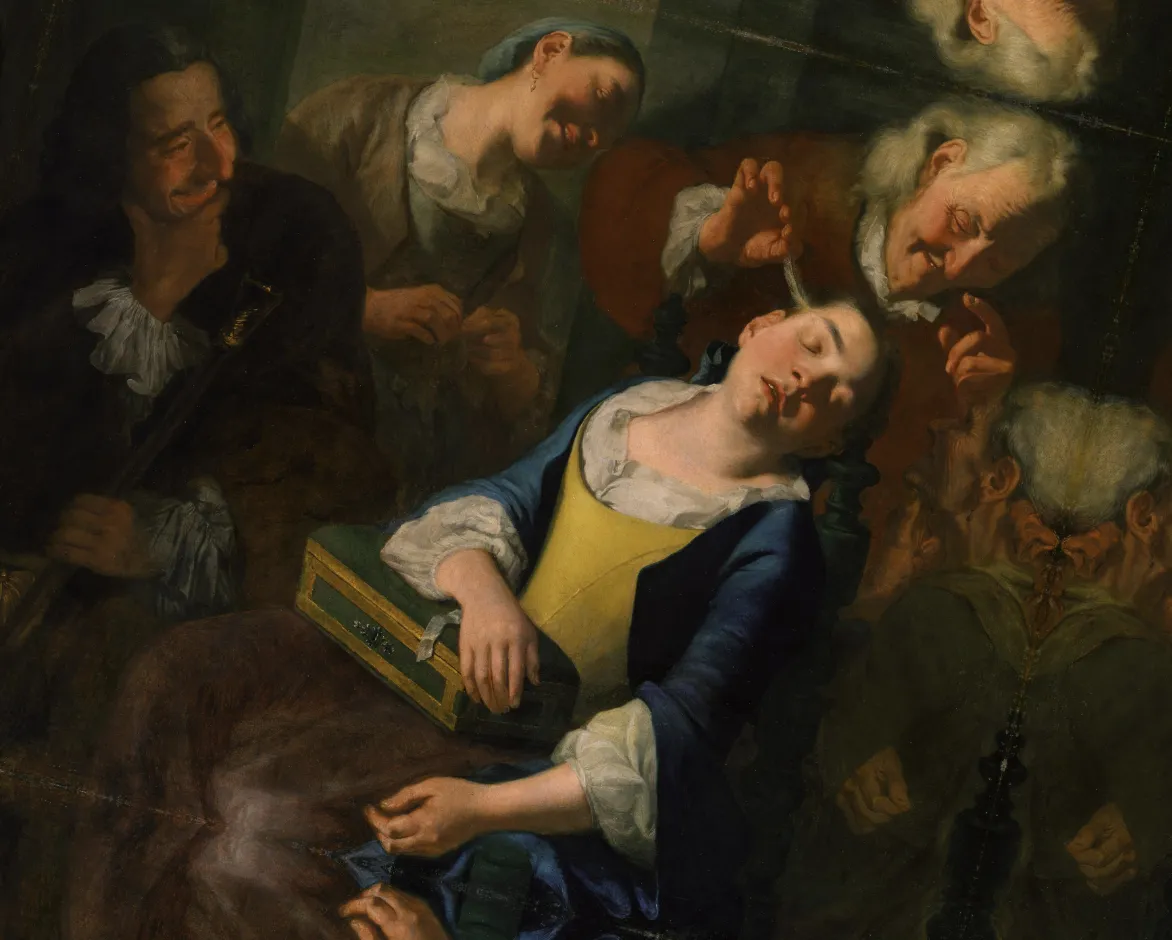Shift Scale Rotate
If you have ever worked on a Computer Vision project, you might know that using augmentations to diversify the dataset is the best practice. On this page, we will:
Сover the Shift Scale Rotate augmentation;
Check out its parameters;
See how Shift Scale Rotate affects an image;
And check out how to work with Shift Scale Rotate using Python through the Albumentations library.
Let’s jump in.
Shift Scale Rotate augmentation explained
To define the term, Shift Scale Rotate is a data augmentation technique used to randomly apply affine transformations such as shift, scale, and rotate.
Using Shift Scale Rotate helps Data Scientists increase the variety of points of view on an object in the training set. This approach creates the needed diversity without the need to find and label more data.
Shift Scale Rotate augmentation parameters
Shift factor - specifies a specific range from which a random shift factor is picked and used to shift an image both horizontally and vertically;
Scale factor - specifies a specific range from which a random scale factor is picked and used to rescale an image;
Rotation range - specifies a specific range from which a random angle (in degrees) is picked and used to rotate an image;
Probability of applying transform - defines the likelihood of applying Shift Scale Rotate to an image.
Shift Scale Rotate augmentation advanced options
- Interpolation - specifies the interpolation algorithm:
- Extrapolation - specifies the extrapolation algorithm:
- Padding value if border mode is Constant and Padding value if order mode is Constant applied or masks - please check out the general Extrapolation page to learn more.
Shift Scale Rotate augmentation visualized

Source

Source
